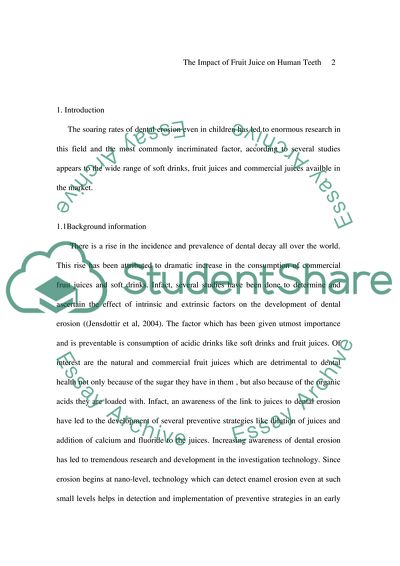Cite this document
(The Impact of Fruit Juice on Human Teeth Research Paper, n.d.)
The Impact of Fruit Juice on Human Teeth Research Paper. Retrieved from https://studentshare.org/health-sciences-medicine/1742465-physics-research
The Impact of Fruit Juice on Human Teeth Research Paper. Retrieved from https://studentshare.org/health-sciences-medicine/1742465-physics-research
(The Impact of Fruit Juice on Human Teeth Research Paper)
The Impact of Fruit Juice on Human Teeth Research Paper. https://studentshare.org/health-sciences-medicine/1742465-physics-research.
The Impact of Fruit Juice on Human Teeth Research Paper. https://studentshare.org/health-sciences-medicine/1742465-physics-research.
“The Impact of Fruit Juice on Human Teeth Research Paper”, n.d. https://studentshare.org/health-sciences-medicine/1742465-physics-research.


